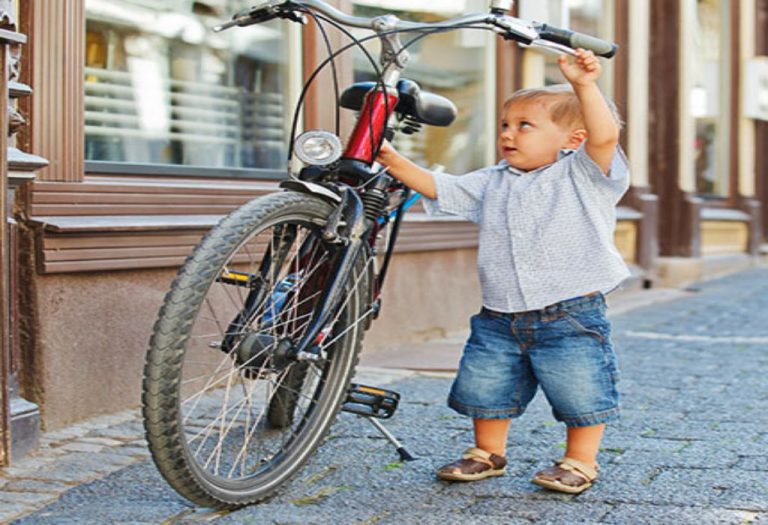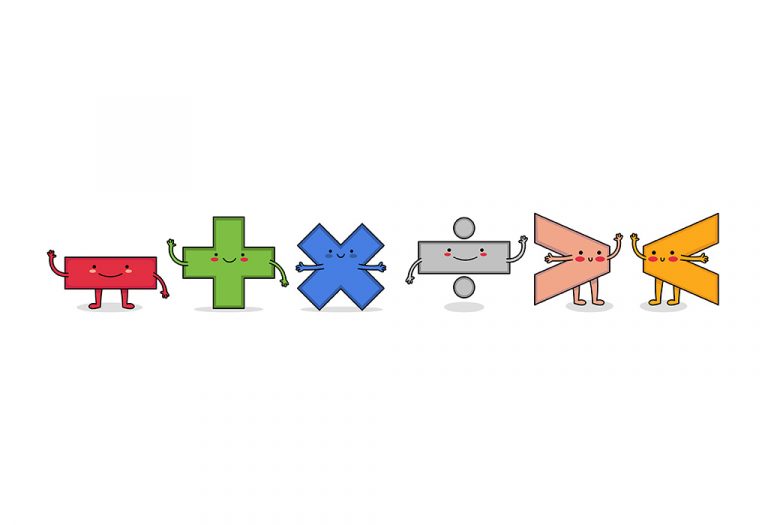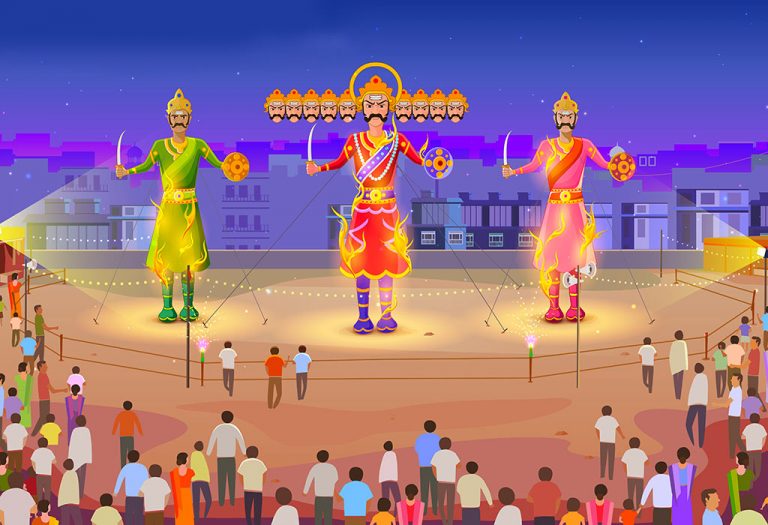How to Teach Preschoolers The Difference Between Big and Small?
As kids get older, you can slowly move to teach them simple concepts that are an integral part of our daily lives.
Introducing the distinction between big and small is often the initial step in teaching opposites and mathematical concepts to preschoolers. Infusing your lesson plan with enjoyable activities can expedite your child’s learning process. Remember, fun is not just a bonus – it’s a catalyst for engagement and retention!
It’s important to teach your child the basic concept of big and small as they prepare for preschool. The activities listed here will help you formulate your lesson plan on big and small for preschool. Remember to make it fun. If they enjoy what they are doing, they will learn sooner!
How to Teach Big and Small to Preschoolers?
Children learn more quickly with practical, first-hand experience with new concepts like the pre-number concept – big and small. Additionally, using auditory, sensory, and visual cues helps speed the learning process while making it enjoyable. Here are some big and small games for kindergarten kids to teach them the big/small concept.
- Show him picture books demonstrating the difference between the two concepts. You can take it a step further and show them real objects that highlight differences in size.
- All children love playing with balls and blocks. A fun activity to teach your child the concept of big and small is to mix different-sized balls or blocks and ask them to sort the big from the small.
- Music is a beautiful way of introducing new concepts to preschoolers. Play some fun nursery rhymes about big and small. Try out ‘Twinkle Twinkle Little Star’- it never fails to enchant!
- You can also create ‘big and small’ activities for kids. Staple a few pages together to make a book. Ask your child to draw small things and big things. You can also have them look for pictures of small and big objects in an old magazine, cut them, and paste them into the book.
- Make a box of assorted items in two sizes, such as a big rock and a small rock, a long pencil and a short one, and a big jar and a small jar. Get two empty cartons, one big and one small, and ask your preschooler to help you sort the big and small items into them.
- Use the terms’ big’ and ‘small’ as much as possible daily, especially in casual conversations with your child. Show them examples of big and small with everyday household items.
- Stacking and sorting toys are a great way to teach your child the difference between big and small. You can get nested bowls or stacking rings, which demonstrate the difference. You can do the same with regular household items. Give your child plastic bowls, straws, or pencils of varying sizes.
- Use things you find in the outdoors to your advantage as you teach your child the big/small concepts. Take your little one to the local park or playground. Ask them to point out or touch things that follow your command. For example, ask them to find the biggest bench in the park, touch the tallest tree, point to the biggest dog they can see in the park (or the smallest one), ask them to pick the smallest item and put it in their pockets (like a colourful pebble). Kids love games like these that involve running around and following instructions.
- Another stack and sort activity, this is also a fun alternative to getting chores done! Ask your kids to arrange pairs of shoes on the rack, from big to small. You can do this with cups, plates, spoons, clothes or any household object. Remember to supervise these activities and help them along as you go.
- Big Steps/Small Steps is an activity that aims to teach preschoolers the concept of big and small while improving their mobility and motor skills. Choose a start and end point. Ask your kid(s) to stand at the starting line. Tell them to take a big or small step in random order. Whoever reaches the finish line first by correctly following the instructions wins a treat.
- Use interactive storytelling to teach kids about big and small. For example, you can use the story of Goldilocks and the Three Bears and use different-sized props like action figures, stuffed toys, or even bowls to show your kids the comparison between big and small. Other stories include Big & Little by Steve Jenkins, The Itsy Bitsy Spider by Richard Egielski, and Big, Bigger, Biggest by Nancy Coffelt.
FAQs
1. How do songs help kids learn big and small?
Songs, especially rhymes, can be used as a mnemonic device. A mnemonic device is defined as “strateg[ies] for organising and/or encoding information with the sole purpose of making it more memorable (1).” Songs help children when there are easy-to-remember rhymes, symbolism, and examples (2). So you can make a simple rhyme at home that teaches kids about big and small ideas and ensure that your child can memorise this fun but educational tune!
Most preschoolers enjoy discussing their height and comparing themselves to other objects or children. These activities will also interest them. Encourage your child to play and see how quickly he learns.
References/Resources:
1. Bellezza, F. S.; Mnemonic Devices: Classification, Characteristics, and Criteria; Review of Educational Research; https://journals.sagepub.com/doi/abs/10.3102/00346543051002247; 1981
2. Crowther G. Using science songs to enhance learning: an interdisciplinary approach. CBE Life Sci Educ; https://www.ncbi.nlm.nih.gov/pmc/articles/PMC3292070/#B6; 2012
Also Read:
Teaching Preschoolers All About Plurals
Teaching Size and Shapes to Preschoolers
The Concept of Part-Whole To Preschoolers
Helping Preschoolers to Develop Abstract Concepts
Was This Article Helpful?
Parenting is a huge responsibility, for you as a caregiver, but also for us as a parenting content platform. We understand that and take our responsibility of creating credible content seriously. FirstCry Parenting articles are written and published only after extensive research using factually sound references to deliver quality content that is accurate, validated by experts, and completely reliable. To understand how we go about creating content that is credible, read our editorial policy here.






















